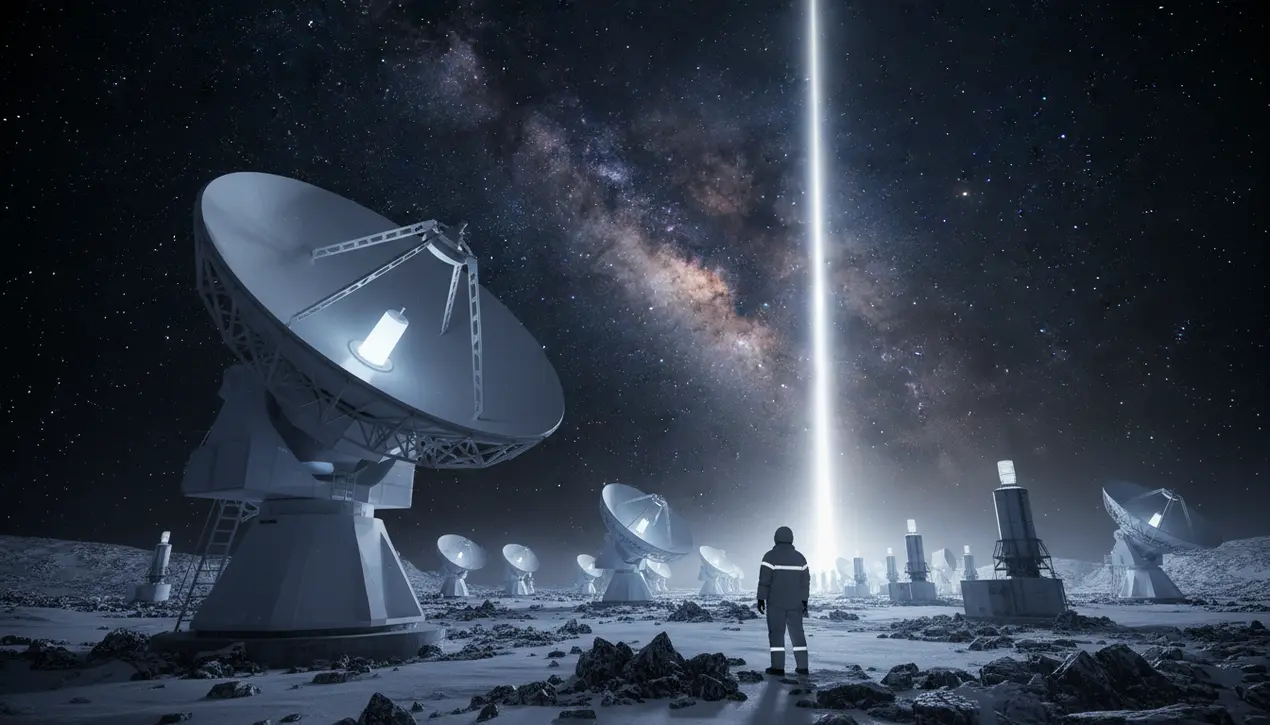
Sciencespace & astronomy
Microquasars emerge as the Milky Way’s most extreme particle engines
TH
Thomas Green
3 hours ago7 min read1 comments
In a discovery that fundamentally recalibrates our understanding of the high-energy universe, the Large High Altitude Air Shower Observatory (LHAASO) has identified microquasars as the Milky Way's most formidable particle accelerators. These cosmic powerhouses, consisting of a stellar-mass black hole voraciously feeding on a companion star, have long been known for their dramatic outbursts and relativistic jets.However, LHAASO's precise measurements have now catapulted them into an entirely new echelon of cosmic engines, revealing that their jets are capable of propelling particles to peta-electronvolt (PeV) energies—a staggering million times more powerful than the highest energies achievable in human-made colliders like the Large Hadron Collider at CERN. This finding shatters long-held astrophysical models that primarily attributed such extreme particle acceleration to supernova remnants or the supermassive black holes at the centers of active galaxies.The observatory's data, collected from its high-altitude site in Tibet, shows these microquasars blasting out not just ultra-high-energy gamma rays, but also protons, creating a previously unidentified high-energy component in the cosmic ray spectrum that permeates our galaxy. This is the astrophysical equivalent of finding a Formula One engine in what was thought to be a family sedan; it forces a complete re-evaluation of the dominant mechanisms powering the galactic cosmic ray flux.For decades, the origin of the 'knee' in the cosmic ray spectrum—a distinct bend around 3 PeV where the particle count begins to drop off steeply—has been one of the most enduring mysteries in astroparticle physics. The new observations provide the most compelling evidence to date that microquasar jets are a primary source responsible for this critical structural feature, effectively tying these binary systems to the very fabric of the high-energy particle background we observe.This revelation suggests our galaxy is teeming with multiple, previously underappreciated PeVatron sources, each a microquasar in its own right, operating like a distributed network of natural particle colliders. The implications are profound, extending beyond mere cataloging of cosmic accelerators.Understanding the mechanics of these jets provides a nearby, observable laboratory for studying processes that occur around supermassive black holes in distant quasars, but on a much more accessible scale. It also raises fascinating questions about the impact of these intense particle beams on their local interstellar environments and potentially on the habitability of nearby planetary systems. As we stand on the precipice of a new era in multi-messenger astronomy, where gravitational wave, neutrino, and electromagnetic observations converge, the identification of microquasars as PeVatrons marks a pivotal chapter, forcing us to rewrite the textbooks on how energy and matter interact in the most extreme corners of our cosmic neighborhood.
#featured
#microquasars
#LHAASO
#PeV particles
#gamma rays
#cosmic rays
#black hole jets
#Milky Way
Stay Informed. Act Smarter.
Get weekly highlights, major headlines, and expert insights — then put your knowledge to work in our live prediction markets.
Related News
Comments
Loading comments...
© 2025 Outpoll Service LTD. All rights reserved.